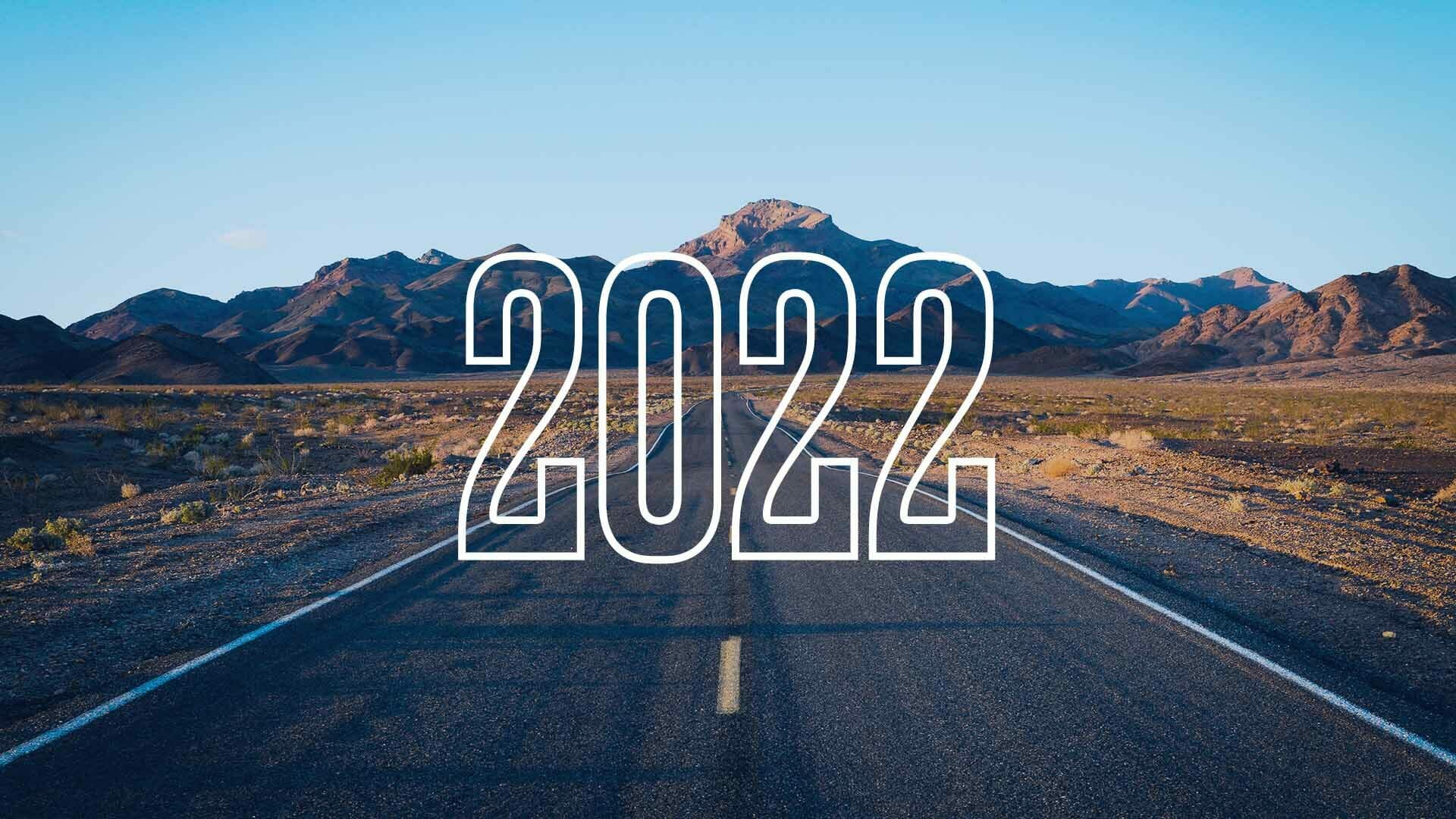Blog
The Competitor You’ve Never Heard of: The Modern-Day Counterfeiter
- Brand Protection

The integration of digital solutions and technology in our everyday lives has enabled e-commerce to flourish and be a first point of call when shopping. However, as consumers head online, so do bad actors and criminals. Illegal markets continue to grow and are becoming smarter and more sophisticated, with criminal networks developing organized models to create and sell counterfeit goods.
In this blog, we share unique insights from Brand Protection experts Phil Lewis, Director General at The Anti-Counterfeiting Group (ACG), and Marilyn Krige, Senior Global Brand Protection Counsel Anti-Counterfeiting at Reckitt, on the attributes and behaviors of modern-day counterfeiters. Read on to learn how your business can fight back to protect your consumers and retain revenue streams.
Table of contents:
• How counterfeiter behavior has evolved
• The rising threat of organized crime
• Online sellers are borderless: Brands need to broaden their focus across geographies
• Building a united front against counterfeiters
• Tools needed to fight back against the modern-day counterfeiter
• Request your personalized demo
How counterfeiter behavior has evolved
“To understand how counterfeiting has changed, we need to look back to market reforms that took place in the 1990’s. Dissolved borders and more borderless markets dramatically changed the world in terms of illicit trade.” – Phil, ACG
Below are the key takeaways from Phil that he notes infringers have taken advantage of:
- The development and spread of digital technologies and e-commerce
- The evolution of new and developed container freight systems and postal and courier services
- Reduced travel costs
- More globalized banking systems, meaning huge sums can be moved across the world at lightning speed.
These have all been contributing factors to an alarmingly rapid growth in illegal markets, attracting and bringing together new transnational crime networks.
Simultaneously, counterfeiters have expanded the scope and scale of their manufacturing from ‘traditional’ fake goods such as fashion, sports goods, and high-end watches, towards more fast-moving consumer goods, household products, and even medical appliances and treatments.
Unfortunately, the COVID-19 pandemic also highlighted that the morality of criminals can sink to even lower levels, with this period seeing huge increases in dangerous fakes including PPE and medicines. There were many factors that contributed to this, including disposable income suddenly becoming limited, consumers not having the same purchasing power, and gaps in supply. Counterfeiters seized on these sudden, unexpected circumstances by stockpiling cheap and dangerous products to target shoppers on the lookout for low prices and deals.
“Up to 1 per cent of medicines available in the developed world are likely to be fraudulent.” – The World Health Organization
The challenges facing Reckitt
Reckitt is a FMCG company with a large and diverse brand portfolio. Marilyn states that there are several key changes in the way infringers operate that pose unique brand protection challenges for the business:
1. How and where counterfeits are made and how they are marketed
Manufacturing operations have moved away from China, into other regions in Southeast Asia due to cost and the imposition of increased intellectual property protections.
Many infringers have shifted to producing look-a-likes instead of counterfeits in an attempt to escape enforcement. They often use Reckitt’s brand imagery, so they are more difficult to spot using traditional techniques.
2. Ability to adapt business models and move online
There has been a convergence of counterfeiters’ online and offline presence, further increasing the complexity of illicit operations. The speed at which counterfeiters adapt continues to grow. These operators are agile and get products to market in record time without hindrance of regulation and other constraints.
3. Use of drop shipping to make sources more difficult to identify
Sellers will often carry no stock but instead pass on order and shipping information to another seller, manufacturer, or other middleman, who then ships the product(s) directly to the consumer. This practice makes tracking the exact source and perpetrator difficult.
The rising threat of organized crime
The biggest challenge for businesses is tackling organized crime groups (OCGs), also known as infringer networks, which are driving the global counterfeiting business.
Once they gain a foothold, these groups become more difficult to remove. They spot gaps when essential products are unavailable and move in. Using a sophisticated network of seller accounts, websites, and social media profiles, OCGs infiltrate the economy using illegal money, cementing their positions to scale globally.
Marilyn believes it is essential these illicit networks, who often have multiple brands in their sights at any one time, are uncovered and taken down.
“The level of sophistication has increased as printing quality and manufacturing quality have improved – so it easy for infringers to scale that over multiple brands.” – Marilyn, Reckitt
How infringer networks operate across borders and evade enforcement efforts
Infringer networks have become more localized, decentralized, and specialized. In a swiftly developing global environment, this has enabled them to engage professional facilitators, outside of their own countries, to quickly move products from one country to another. By working this way, they can hide the source and reduce the prospect of detection.
Despite the size of this enormous global crime wave (US$509bn), there have been very few examples of a huge international organization being in control. Instead, counterfeiters have developed small fluid networks to move fakes across borders. They operate in units, with cells that take on different functions, depending on their expertise and abilities.
Online sellers are borderless: Brands need to broaden their focus across geographies
Brands with global reach expect to see their products to be infringed on a global scale. Businesses may focus on priority platforms such as eBay, Amazon, and Alibaba, but overlook the volume and severity of infringements on more regional-based platforms that often serve whole continents.
Marilyn argues that the old adage ‘all big ideas start small’ applies to counterfeiters. What often starts off as a small, irrelevant seller can soon spiral out of control into a wider region and take a share of an untapped market, eating away at potential sales.
Reckitt takes a zero-tolerance approach to counterfeits in any country to prevent bad actors gaining a foothold and setting up larger manufacturing operations. Marilyn’s team keeps a constant eye on traditionally ‘clean’ platforms and marketplaces in all territories to spot any sudden spikes in infringement.
“Businesses need to look at new ways to deal with infringements, such as the policies of the marketplaces and regulatory landscape.” – Marilyn, Reckitt
Building a united front against counterfeiters
Businesses need to work harder to convince individual governments to properly accept the threat and then raise it to international security levels.
“We must drive home greater understanding that this is no longer a problem for individual states and agencies.” – Phil, ACG
Adopting a unified, strategic approach will then foster more effective cross-border and inter-agency actions to break the current financial strength of organized crime, which uses profits from counterfeiting to feed other insidious forms of trafficking.
“The ACG take a lead role on intelligence-led actions against some of the most notorious UK markets and online traders.” – Phil, ACG
By taking this approach, the ACG can gather, collate, analyze and package intelligence from its members and other sources. They can then identify appropriate enforcement partners to take direct action.
However, counterfeiting cannot be effectively combatted through tactical enforcement alone. The ACG is heavily involved in outreach with numerous government initiatives such as the Anti-Illicit Trade Group, the EU Observatory on Infringements of IP rights, the EU Customs Working group, and the World Customs Organization. Furthermore, the ACG has built closer links to the OECD, RUSI, the Europol IC3 Unit, Interpol, UNICRI and various EU Commission services.
Tools needed to fight back against the modern-day counterfeiter
Taking on modern-day counterfeiters and winning is no mean feat. You need advanced detection technology plus the capability to connect and prioritize networks of infringers to truly make an impact. Luckily, as infringers have evolved, so too has Corsearch. Covering 1,400 marketplaces platforms, our Brand Protection solutions are designed to tackle online IP infringements, safeguard customers, and protect critical e-commerce channels.
Discover hidden counterfeiters and infringers
At Corsearch, we have developed Optical Character Recognition (OCR) capability to discover hidden infringements. OCR ensures we collect all text that has been embedded in images by sellers attempting to avoid keyword detection.
As mentioned earlier, infringers may opt to sell lookalike products rather than counterfeits in an attempt to avoid enforcement. Our AI similar matching is able to identify and match commonalities in product designs based on an extensive brand image library.
Network analysis to connect and prioritize infringements
We link related infringing entities together and identify those at the center of infringer networks – regardless of whether they are localized or cross-border operations.
Our multi-channel, automated Network Analysis capability connects networks of bad actors together and prioritizes them based on the threat posed to a brand. By scanning global, local, existing, and emerging platforms and matching key identifying information, we uncover the size and reach of the network and identify the perpetrators responsible, allowing businesses to take targeted action online or offline.
Learn more about our Brand Protection solutions.
Request your personalized demo
Over 5,000 customers trust Corsearch to help establish, monitor, and protect their brands. Request a personalized demo of our brand protection solutions to see how we can equip your business to win the online battle against modern-day counterfeiters.





